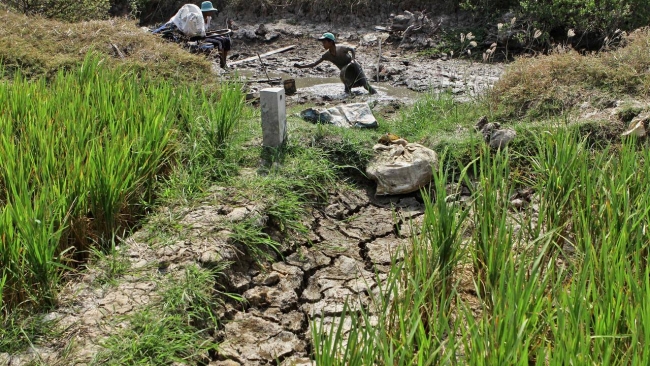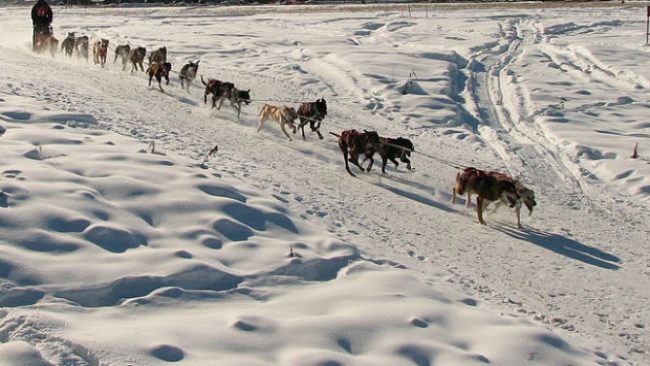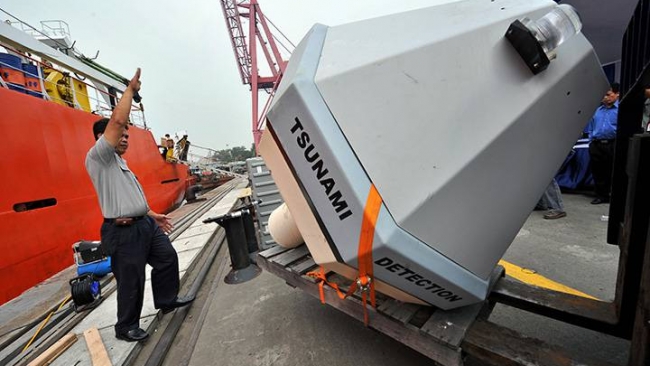El Niño May Be Weakening, but It Is Still Clobbering Crops

A hotter-than-usual February devastated rice and other crops in the Asia-Pacific region The El Niño weather pattern, while weakening, continues to hurt crop farmers as well as cattle ranchers across the Asia-Pacific region with its hot and dry conditions. Global temperatures in February were 2.43 degrees Fahrenheit above the average temperature for that month in the period from 1951-1980—a yardstick the National Aeronautics and Space Administration uses to understand recent temperatures—according to data released Saturday by the agency. “Hot temperatures will persist for a few months after El Niño peaks, so this is to be expected. But underneath the impact of El Niño there is an underlying global warming trend, so the temperature keeps going up,†said Agus Santoso, a senior research associate at the Climate Change Research Center at the University of New South Wales. The El Niño phenomenon began in the first half of 2015, peaked in December and has started to recede. But the phenomenon will continue to affect weather patterns as it breaks down. Normal conditions are expected in the second half of 2016, according to weather bureaus in Australia, Japan and the U.S. The weather pattern occurs when winds in the equatorial Pacific slow down or reverse direction. That causes waters to warm over a vast area, which in turn can upend weather around the world. The severity of the phenomenon is measured by ocean temperatures and atmospheric convection activities. An El Niño typically reduces rainfall across parts of Southern and Southeast Asia, while at the same time bringing precipitation to the western U.S. and parts of South America. Vietnam has been one of the worst-hit countries in the region. The country’s Ministry of Agriculture and Rural Development estimates ongoing drought and salt water intrusion has affected 343,476 acres of rice in the Mekong Delta since late last year, reducing rice productivity by 30%-70%. The Mekong Delta, located at the southern tip of Vietnam, is the country’s largest rice-growing area.
Source: The Wall Street Journal
Tue 15 Mar 2016 at 08:16





